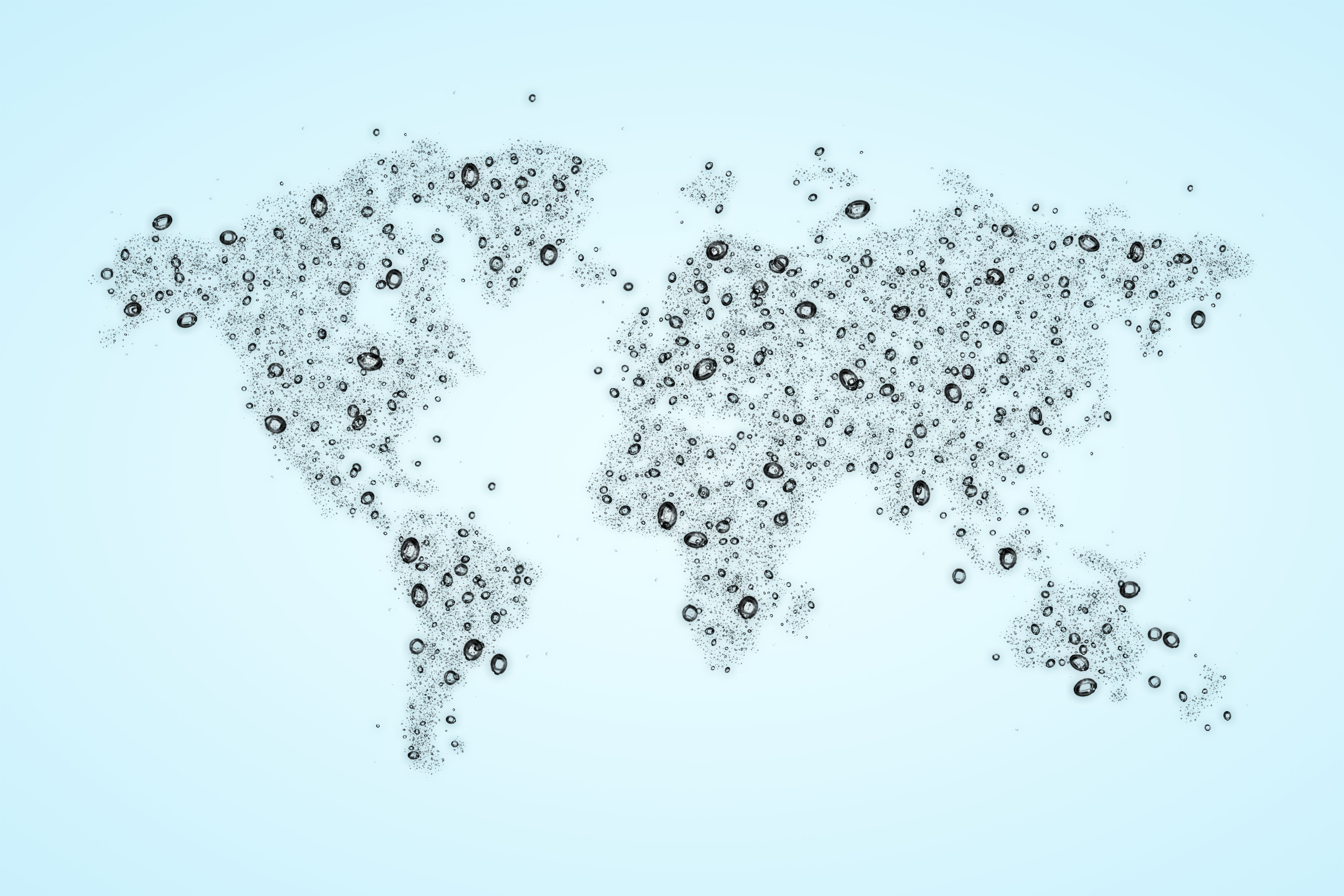Not far from the Jet Propulsion Laboratory, The California Institute of Technology, and scores of startups like UberMedia, you can find a typewriter repair shop. The firm has been located in Pasadena, California for more than 100 years. While it might seem out of place in the age of laptops and cloud computing, it has at least one important thing in common with its tech-savvy neighbors -- the right location. The difference, however, is that you probably wouldn’t expect a typewriter repair shop to thrive in such a time and place.
That expectation comes from powerful, but sometimes incorrect or incomplete, assumptions about the world around us. Increasingly, the use of location data is challenging some of these assumptions and transforming our communities and businesses.
A community is the sum of its data
Cities are becoming smarter. They are increasingly exploring the use of mobile location-based data to enhance services, ease traffic congestion, and plan for the future.
Cities across the United States, and the world, are using location data to provide enhanced municipal services via location-based applications for citizen reporting, piecing together location information to help solve crimes and using it to alert citizens in emergency situations. Some of this data is provided by GPS on the phone; some comes from beacons or other sensors as cities evolve.
Location data may be combined with other available data, such as social, to help cities better understand sentiment, fight crime and even identify potholes. Chicago, for example, uses geotagged social data to look for keywords such as “potholes” in order to quickly find potential problems.
This is only the beginning of how data is transforming cities for the better.
Location is the context of business
Location data is also helping businesses of all types, from automotive to retail and even typewriter repair shops, address very real business challenges.
Let’s start with automotive. Visits to car dealerships have declined over the past 10 years. One may think in our internet age that consumers walk into a dealership with exhaustive research completed and ready to buy.
Location data says otherwise.
Using location data, businesses can peel back another layer to gain deeper understanding of overall trends. Online research may be up and visits may be down, but location data clearly shows buyers are still shopping around. With location data at scale, automotive companies can understand consumer preference, competitive peer sets and even retarget visitors to increase sales.
Let’s face it -- the retail industry is struggling. Retailers are competing for consumers’ time and attention. “Location, location, location” is true now more than ever.
Previously, retailers were limited to sample demographic data primarily based on zip codes or store sales data to determine a site selection. What if your desired customer lives nearby, but consistently travels the complete opposite direction from your location? That customer may never visit the retailer because it’s not on their routine route. Location data can inform the retailer which corner is likely to drive desired traffic, which stores should close and more accurately predict store health among a set of retail locations to drive overall success.
Challenge assumptions and speak up with location data
While location data is transforming communities and businesses, the process isn’t automatic. Ultimately, this is a people-driven change, so it’s important to understand some best practices for using location data to challenge entrenched assumptions.
A few areas to be aware of as you leverage this new data set in your decision making:
- Not all location data is created equal: Know where your location data is coming from - is it from an app? Is the location data actual GPS data or is it derived from something else like cell sector triangulation? What kind of data hygiene, if any, are your partners using to ensure quality? As with all data, if you have garbage in, you get garbage out.
- Know your bias: Focusing on the quality of data is important, but so is understanding where there might be bias. For example, if you are only using data from a city’s app, your sample is inherently biased to users who might be more technically savvy or who have a higher propensity to be engaged. By identifying any bias upfront, you can make better decisions with the insights driven from the underlying data.
Data for data’s sake is not enough. Many organizations are faced with a tremendous amount of data that is often difficult to translate into action. Turning data into actionable insights requires the right people in your organization (or the right partners) who understand what questions to ask in the first place and to expertly sift through data to find nuggets that will make a difference. As with the typewriter repair shop, the right tools–and the right location–can make all the difference.
This article was written by Gladys Kong from CIO.
